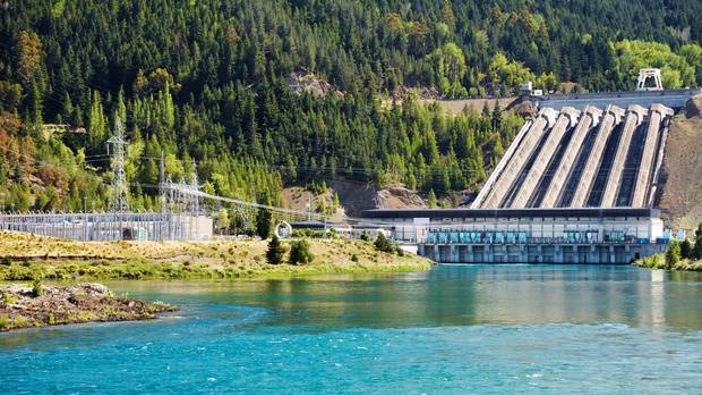Labour is promising to bring forward the Government's 100 per cent renewable electricity generation target by five years if they are re-elected.
But to get to this ambitious target, the next government will need to spend $4 billion on an energy generation plan at the bottom of the South Island.
The Labour-led Government's policy during this term in power was to have all of New Zealand's electricity renewable by 2035.
But, speaking to reporters in Taupō this afternoon, Labour leader Jacinda Ardern said her party would bring that forward to 2030.
There will be a review at 2025 to "assess New Zealand's progress" and for the Government to "check in on" the renewable energy plan.
"We need to take steps right now and also plan 30 years ahead to ensure New Zealand has stable, sustainable and affordable energy while also protecting jobs and industries," Ardern said.
New Zealand's Covid-19 economic recovery represents a "once in a generation opportunity" to reshape the energy system to be more renewable faster, affordable and secure, she said.
The 2030 goal means New Zealand would be one of the few countries in the world that would have 100 per cent renewable electricity.
Currently, 84 per cent of the country's power is from renewable sources, such as wind turbines.
To get that number up to 100 within a decade, Labour had promised to advancing green hydrogen and other green technologies, as well as banning new thermal baseload generation.
But to meeting the 100 per cent target, a Labour-led Government would need to build a $4 billion pumped hydro plant at Lake Onslow, West of Dunedin.
Pumped hydro works like a battery – water is pumped to an upper reservoir when demand for electricity is low, for example in the summer months.
It is released back down to a hydro power station to generate electricity when demand is high, such as on cold winter nights where many houses across the country are using heaters.
This is a key way of getting to the 100 per cent target as, during peak energy use times, New Zealand relies on fossil fuels to meet its demand.
A pumped hydro scheme, such as the one proposed at Lake Onslow, would help solve this problem by creating energy to be used during these peak times – meaning little to no reliance on fossil fuels.
The Government has already spent $30 million on a pumped hydro business case – Labour is promising to spend a further $70 million on the next stage on the plan.
Construction would begin within four to five years, "if the scheme is found to be viable" according to Labour's plan.
Although the party does say it expects the project would employ up to 4500 people, it does not provide details on where that money would be coming from.
"We believe pumped hydro is the option most likely to be successful at an affordable price," Labour's plan says.
Take your Radio, Podcasts and Music with you









